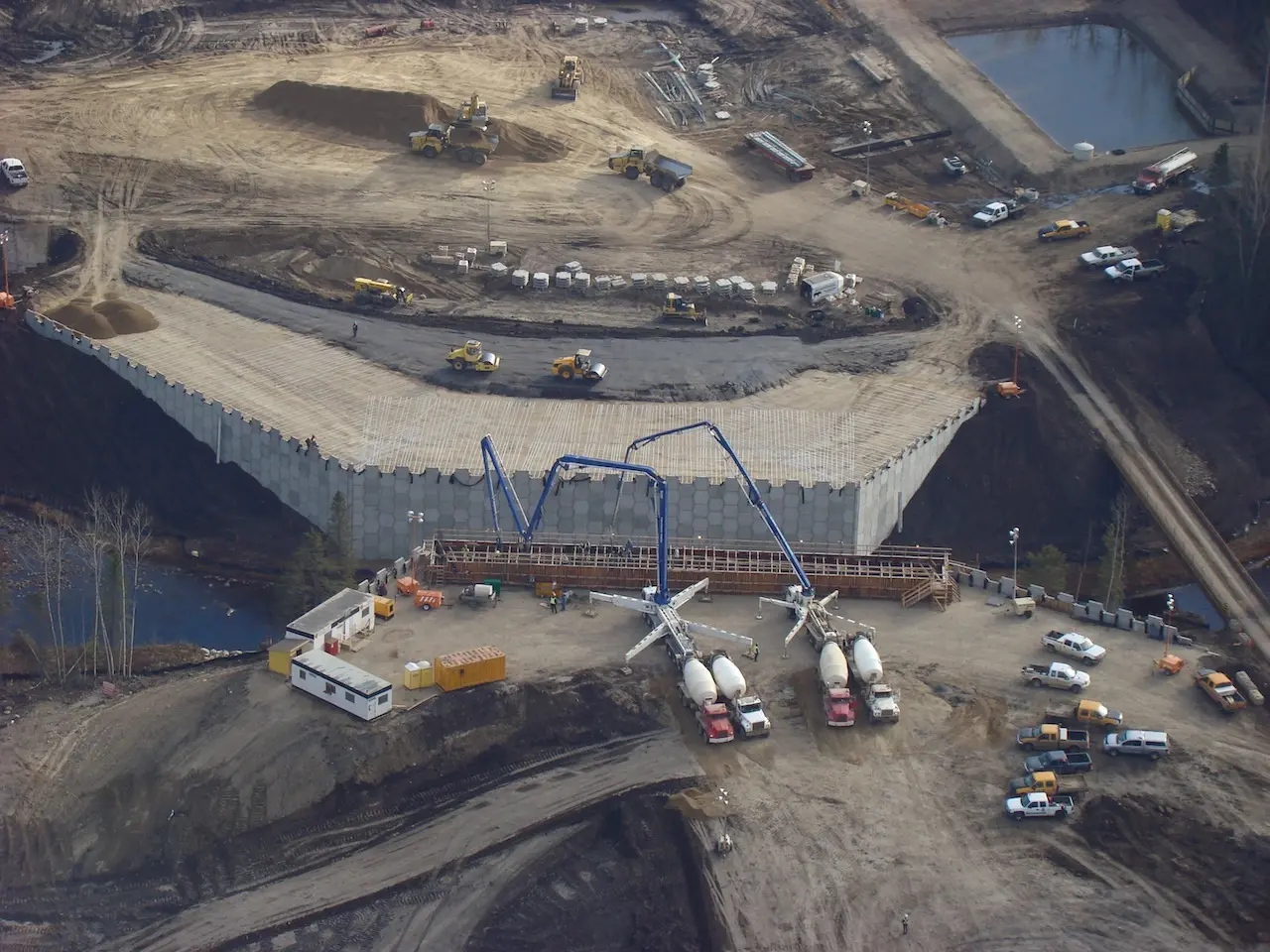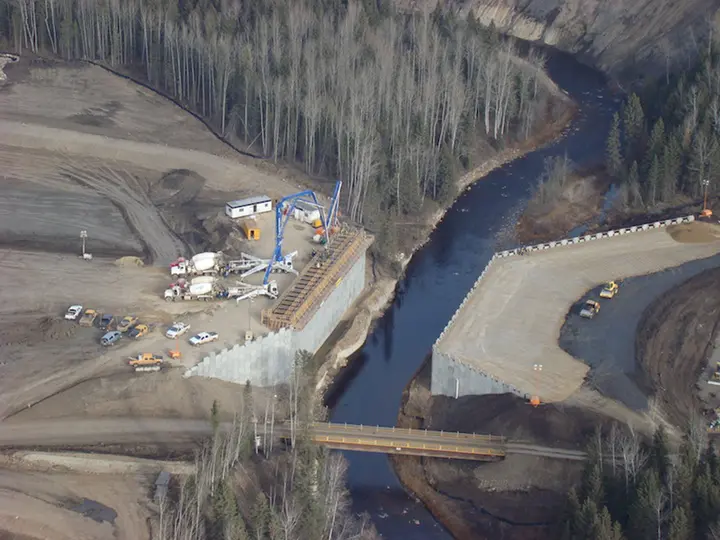
What are Mechanically Stabilized Earth Walls (MSE)
Mechanically stabilized earth or MSE is soil constructed with artificial reinforcing. It can be used for retaining walls, bridge abutments, dams, seawalls, and dikes. Although the basic principles of MSE has been used throughout history, MSE was developed in its current form in the 1960s. The reinforcing elements used can vary but include steel and geosynthetics.
History
Using straw, sticks, and branches to reinforce adobe bricks and mud dwellings has happened since the earliest part of human history, and in the 16th and 17th centuries, French engineers used sticks to reinforce dikes. Reinforcing levees with branches has been done in China for at least a thousand years, and other reinforcements have been universally used to prevent erosion of soil. Modern use of soil reinforcing for retaining wall construction was first pioneered by French architect and engineer Henri Vidal in the 1960s. The first MSE wall built in the United States was done so in 1971 on State Route 39 near Los Angeles. It is estimated that since 1997, approximately 23,000 MSE walls have been constructed in the world.


Today
Mechanically Stabilized Earth Walls are retaining walls constructed in fill situations and consist of horizontal layers of reinforcement such as geogrids to prevent erosion. The Facing can include precast concrete panels, concrete blocks, vegetation, rock or various options.
